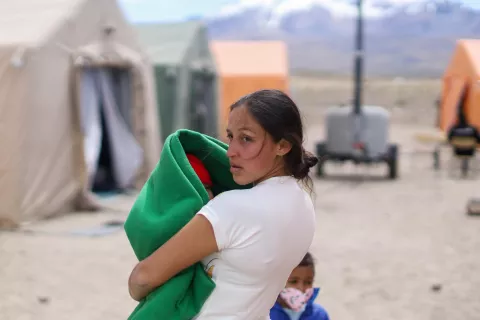Four strategies to improve community services for unaccompanied children in the United States
Providing a roadmap for transforming the post-release landscape.

Highlights
When unaccompanied migrant children leave US federal custody to reunify with a parent or other sponsor, the transition into US communities can be difficult. Local governments, post-release service providers, and other organizations offer a range of services to support children as they navigate their reunion with family, immigration proceedings, and a new culture. However, the service infrastructure and accessibility varies from community to community. Too often, unaccompanied children’s needs are inadequately addressed, negatively affecting their well-being and longer-term development.
A new issue brief co-authored by UNICEF and the Migration Policy Institute (MPI), ‘Four Strategies to Improve Services for Unaccompanied Children in the United States’, provides a roadmap for transforming the post-release landscape from a patchwork of limited supports into a well-coordinated, whole-of-community service delivery system. Taking these steps will better position unaccompanied children to thrive and allow the communities they join to benefit from their skills, creativity, contributions, and diverse perspectives.



